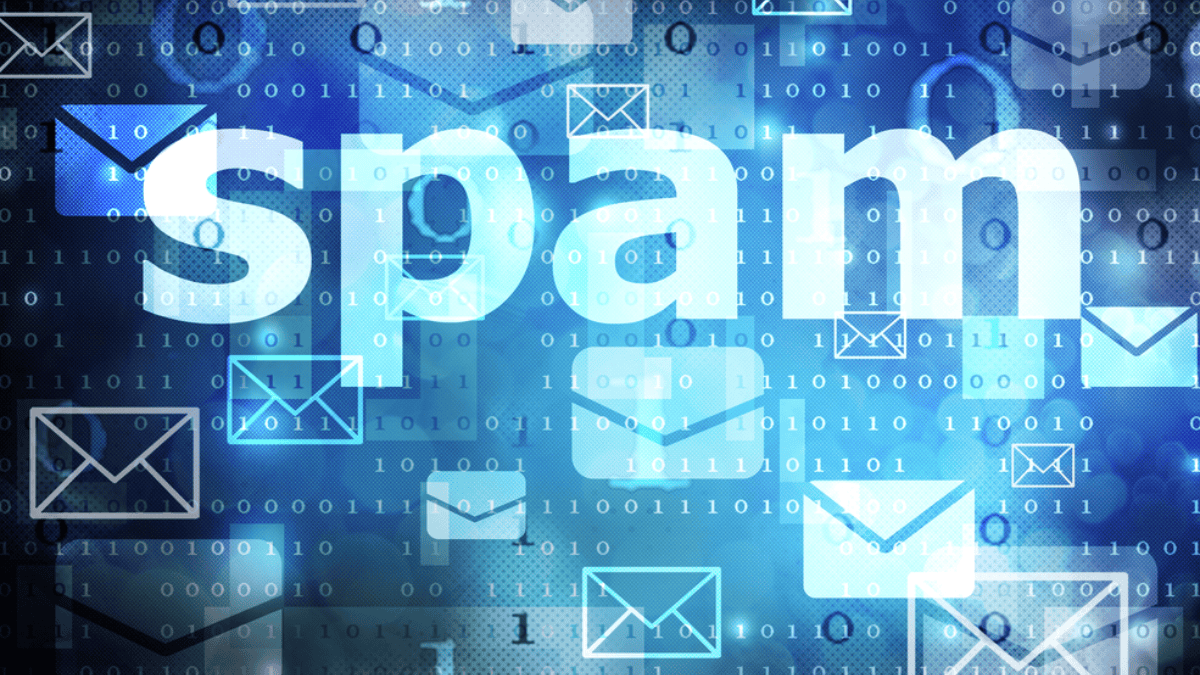Phishing attacks are a significant threat to organizations of all sizes, and they often target individuals within small to medium enterprises (SMEs). These attacks typically involve fraudulent emails designed to trick recipients into revealing sensitive information, such as passwords and financial details. Phishing schemes can take many forms, from requests for seemingly legitimate account verification to fake invoices that prompt users to click on harmful links. That’s why strengthening cyber security measures is essential to protect both data and people from falling victim to these evolving threats.
According to reports, the prevalence of phishing attacks has surged, with statistics highlighting the need for increased awareness and protective measures.
Importance of Spam Filters in Email Security
Spam filters play a crucial role in a robust email security framework. They help to automatically identify and block unwanted messages, thus reducing the likelihood of users encountering phishing attempts. An effective spam filter functions by analyzing incoming emails based on various criteria such as sender reputation, keyword analysis, and user behavior patterns.

Despite their importance, spam filters are not foolproof. Certain phishing emails can still evade these protective measures, necessitating the need for additional strategies to safeguard sensitive information.
Understanding how phishing attacks can bypass spam and junk filters is essential for SMEs seeking to enhance their IT security. This article will explore the methods that phishers employ to circumvent these filters, the implications for businesses, and the significance of proactive detection and prevention strategies. By recognizing the tactics used in phishing attacks, organizations can better equip themselves against these evolving threats and protect their valuable data.
Understanding Phishing Techniques
Phishing is an evolving threat targeting organizations and individuals alike. Understanding the techniques used in phishing attacks can help organizations better protect themselves. This section will cover spoofing and impersonation, malicious attachments and links, and social engineering tactics.
Spoofing and Impersonation
Spoofing involves the manipulation of sender information to make it appear that an email is coming from a trusted source. Attackers often copy addresses or create similar ones to deceive recipients. Impersonation also involves pretending to be someone within an organization, such as a manager or IT personnel. This method exploits trust, making targets more likely to respond to requests.
Malicious Attachments and Links
Phishing emails frequently contain malicious attachments or hyperlinks that lead users to counterfeit websites. These attachments may include infected files disguised as documents or images. Clicking these links can lead to the installation of malware or direct individuals to phishing sites that capture sensitive information.
Social Engineering Tactics
Social engineering involves manipulating individuals into divulging confidential information. Phishing attacks often leverage urgency or fear to prompt quick actions from targets. For example, an email may claim that an account will be suspended unless immediate action is taken. By creating a sense of alarm, attackers can bypass thoughtful scrutiny and facilitate successful scams.
Recognizing these phishing techniques, organizations can better understand how these attacks are constructed and develop appropriate defenses against them—much like how understanding access control models can strengthen overall security strategies. For a deeper dive into this topic, check out our article RBAC vs ABAC: Key Differences You Need to Know Now.
Ways Phishing Evades Spam Filters
Phishing attacks have become increasingly sophisticated, enabling them to bypass spam filters that were once effective at blocking unwanted emails. Understanding how phishing bypasses spam and junk filters is crucial for SMEs looking to protect themselves. This section explores three common methods used by phishers to evade detection.
Manipulating Sender Information
One of the primary tactics used in phishing attacks is manipulating sender information. Attackers often spoof legitimate email addresses to make their messages appear trustworthy. This can involve using similar domains or altering addresses slightly.
Using Encrypted Attachments
Phishers may also use encrypted attachments to bypass spam filters. An encrypted file can be difficult for filters to analyze. These attachments can contain harmful code or phishing documents disguised as legitimate files, which increases the risk of successful attacks.
Zero-Day Attacks
Another alarming method is the use of zero-day attacks. These attacks exploit previously unknown vulnerabilities in software or systems that have not yet been patched. Since these vulnerabilities are unknown to security systems, phishing emails utilizing them can easily slip past filters.
These tactics illustrate the complexity of phishing threats and the necessity for ongoing vigilance in email security.
Detecting and Preventing Phishing
To effectively combat phishing attacks, businesses must focus on several strategies aimed at enhancing their security posture. This involves not only educating employees but also implementing robust security measures and conducting regular assessments.
Employee Training and Awareness
Educating employees about phishing threats is essential. Regular training sessions can help staff identify potential phishing attempts and understand the tactics used by cybercriminals. Awareness initiatives should cover the following key points:
| Training Topic | Description |
| Identifying Suspicious Emails | Recognizing common signs of phishing emails. |
| Safe Browsing Practices | Importance of avoiding unknown links and attachments. |
| Reporting Suspicious Activity | Encouraging employees to report any suspicious emails. |
Implementing these training measures can equip employees with the knowledge needed to recognize and report phishing attempts, thus reducing the likelihood of successful attacks.
Implementing Multi-Layered Security Measures
Utilizing a multi-layered approach to security significantly enhances protection against phishing. This can involve a combination of anti-virus software, firewalls, and email filters. Here are some recommended layers of security:
| Security Layer | Purpose |
| Email Filtering | Screening incoming emails for malicious content. |
| Anti-Virus Software | Detecting and removing malware from systems. |
| Firewalls | Blocking unauthorized access to the network. |
| Intrusion Detection Systems (IDS) | Monitoring network traffic for suspicious activity. |
These measures create a comprehensive defense against phishing attacks, ensuring multiple levels of scrutiny before any potential threats can affect the organization.
Regular Security Audits and Updates
Performing security audits enables organizations to uncover weaknesses within their systems. This includes reviewing existing security protocols and ensuring all software is up to date. Key aspects to include in regular audits are:
| Audit Component | Purpose |
| Software Updates | Ensuring all systems have the latest security patches. |
| Vulnerability Assessments | Identifying weak points in the network or applications. |
| Compliance Checks | Ensuring adherence to industry regulations and standards. |
Implementing these audits, organizations can systematically address weaknesses and bolster their defenses against phishing schemes.

Precision. Performance. LK Tech.
These strategies empower SMEs to better understand how phishing bypasses spam and junk filters while establishing a strong security framework to protect their operations. At LK Tech, we deliver top-notch IT support tailored to your unique needs, helping your business stay one step ahead of cyber threats. Our team stays updated on the latest attack patterns and builds proactive defenses that keep your systems secure. If you're searching for a reliable IT company in Cincinnati, we've got you covered. Reach out to us today and let’s strengthen your cybersecurity together.


